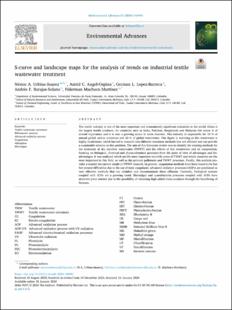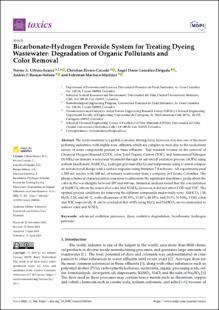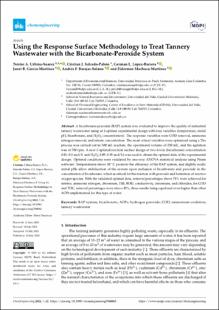Using the Response Surface Methodology to Treat Tannery Wastewater with the Bicarbonate-Peroxide System
...
Urbina-Suarez, Nestor Andres | 2023-07-16
A bicarbonate-peroxide (BAP) system was evaluated to improve the quality of industrial tannery wastewater using an I-optimal experimental design with four variables (temperature, initial pH, bicarbonate, and H2O2 concentration). The response variables were COD removal, ammonia nitrogen removal, and nitrate concentration. The most critical variables were optimized using a The process was carried out in 500 mL reactors, the operational volume of 250 mL, and the agitation was at 550 rpm. A new I-optimal reaction surface design at two levels (bicarbonate concentration 0.01–0.3 mol/L and H2O2 0.05–0.35 mol/L) was used to obtain the optimal data of the experimental design. Optimal conditions were validated by one-way ANOVA statistical analysis using Prism software. Temperatures above 50 °C promote the efficiency of the BAP system, and slightly acidic initial pHs allow stabilization of the system upon inclusion of bicarbonate and peroxide in the concentration of bicarbonate, which is critical for the reaction with peroxide and formation of reactive oxygen species. With the validated optimal data, removal percentages above 78% were achieved for nitrites, ammonia nitrogen, chromium, TSS, BOD, conductivity, chromium, and chlorides; for COD and TOC, removal percentages were above 45%, these results being equal and even higher than other AOPs implemented for this type of water.
LEER













